Sailing to Ward’s Island on the William Inglis Ferry in July 2018. Ahead is the Sam McBride ferry sailing to Centre Island.
A view of the Toronto Skyline from Ward’s Island on July 13, 2018.
Ward’s Island is truly one of the city’s greatest places to visit. Few cities offers such a unique attraction—a community without cars and trucks. Its quietness belies the fact that it is only a ten-minute ferry ride from the business district of Canada’s largest city. The narrow streets between the houses are mere sidewalks, clearly demonstrating that they are for pedestrians only. The abundance of greenery, the quaint gardens and an open space that resembles a village green of centuries past, all offer an experience that is unrivalled.
A previous post explored the history of Ward’s Island beginning when it was a peninsula, attached to the shoreline. A storm in 1858 severed it from the mainland and it became an island. For a link to this post: https://tayloronhistory.com/2018/07/27/wards-islands-yesteryear-toronto/
This post is an attempt to reveal the charms of Ward’s amid the bustling, internet-connected world of the 21st century. Ward’s is a place to turn off all electronic devices and enjoy the scene that becomes more captivating as you proceed. Stroll the verdant laneways, narrow sidewalks and earthen paths to examine a place where history and the modern scene peacefully merge. It is hoped that the photos that follow will create a desire to visit Ward’s Island before the summer is spent and the dreary days of a Toronto November descend.
Approaching the Ward’s Island ferry dock after a ten-minute voyage across Toronto Harbour on the William Inglis ferry. The brilliant greens of mid-summer dominate the scene.
The Queen City Yacht Club (QCYC) on Hiawatha Island, on the west side of the small cove where the ferry docks are located. Beyond the clubhouse is a sheltered lagoon where many more boats are moored. I watched children diving from the boats into the lagoon on the day I visited, as temperatures were in the mid-30s. Photo taken from the deck of the William Inglis ferry.
The yacht club looking north toward the city from the sleepy lagoon behind the club house.
The lagoon occupied by the QCYC extends a considerable distance into the island. Photo was taken from the bridge that crosses from Ward’s Island to Hiawatha Island.
Children, likely from a summer camp on Ward’s, learn to paddle a canoe. They were headed northbound from the tranquility of the lagoon out into the harbour. The children were not all equally engaged in the paddling.
The William Inglis ferry, which I had arrived on, returning to the city to pick up another group of passengers.
A private spot where a resident can sit to enjoy a view of the city. At night, the lights of the skyline would be dazzling.
The Ward’s Island Association Club House built 1937-1938, located a short distance south of the ferry docks.
The shaded veranda on the north side of the clubhouse, facing the ferry dock, where patrons can enjoy snacks, sandwiches or ice cream.
Patio on the north side of the Ward’s Island Association Club House.
On the north side of the clubhouse patio is a patch of ground where Kale is growing. It is part of a contest to harvest the largest amount of Kale from plots of a similar size. When the contest ends, residents of the association will pick the results of their labours.
View of the clubhouse from south of the lawn-bowling facility. In the foreground is the Ward’s Island Little Clubhouse, the front portion of which was the original clubhouse built in 1918. It also serves as an administration facility.
A boy relaxes in the shade of a tree beside the soccer field that resembles a village green. The clubhouse, lawn bowling club, Little Clubhouse and many homes face onto this green space.
One of the ancient trees that borders the soccer field.
I began exploring the quiet, narrow streets between the houses. The pathways are where the wooden sidewalks were built in Tent City. Some of the homes are hidden behind the greenery. The orange tiger lilies on left-hand side of the path were in many other gardens as well. They are perennials and ideal for open natural spaces as their fluted flowers invariably extend above the grasses to create a colourful display.
A house with a small balcony overlooking a garden that includes tiger lilies.
A home that appears to be on the edge of dense forest.
This attractive cottage-like home on Bayview Avenue is likely one of those built in the 1930s.
A house with tiger lilies in the garden, surrounded by greenery and towering trees.
A more modern-looking home, its backyard facing the Eastern Gap where ships enter and exit the waters of the outer lake.
Continuing along the pathway/streets, I proceed toward the beach on the south side of Ward’s Island.
Arriving near the water, the beach is ahead, the hot sand my only obstacle.
The Ward’s Island Beach on a hot July afternoon. People enjoy the sunshine as a sailing ship glides past in the outer lake.
The beach appears more expansive than I remember it.
Returning from the beach by another route, I see several more homes that catch my eye.
This enchanting cottage appears at peace among its verdant environment.
Arriving back near the yacht club beside the ferry dock, I enjoy my final view of the city from Ward’s Island.
The ferry ride to the mainland is my final memory of my summer day on Ward’s Island.
To view the Home Page for this blog: https://tayloronhistory.com/
For more information about the topics explored on this blog:
https://tayloronhistory.com/2016/03/02/tayloronhistory-comcheck-it-out/
Books by the Author
“ Lost Toronto”—employing detailed archival photographs, this recaptures the city’s lost theatres, sporting venues, bars, restaurants and shops. This richly illustrated book brings some of Toronto’s most remarkable buildings and much-loved venues back to life. From the loss of John Strachan’s Bishop’s Palace in 1890 to the scrapping of the S. S. Cayuga in 1960 and the closure of the HMV Superstore in 2017, these pages cover more than 150 years of the city’s built heritage to reveal a Toronto that once was.
“Toronto’s Theatres and the Golden Age of the Silver Screen,” explores 50 of Toronto’s old theatres and contains over 80 archival photographs of the facades, marquees and interiors of the theatres. It relates anecdotes and stories by the author and others who experienced these grand old movie houses. To place an order for this book, published by History Press:
Book also available in most book stores such as Chapter/Indigo, the Bell Lightbox and AGO Book Shop. (ISBN 978.1.62619.450.2)
“Toronto’s Movie Theatres of Yesteryear—Brought Back to Thrill You Again” explores 81 theatres. It contains over 125 archival photographs, with interesting anecdotes about these grand old theatres and their fascinating histories. Note: an article on this book was published in Toronto Life Magazine, October 2016 issue.
For a link to the article published by |Toronto Life Magazine: torontolife.com/…/photos-old-cinemas-doug–taylor–toronto-local-movie-theatres-of-y…
The book is available at local book stores throughout Toronto or for a link to order this book: https://www.dundurn.com/books/Torontos-Local-Movie-Theatres-Yesteryear
“Toronto Then and Now,” published by Pavilion Press (London, England) explores 75 of the city’s heritage sites. It contains archival and modern photos that allow readers to compare scenes and discover how they have changed over the decades. Note: a review of this book was published in Spacing Magazine, October 2016. For a link to this review:
spacing.ca/toronto/2016/09/02/reading-list-toronto-then-and-now/
For further information on ordering this book, follow the link to Amazon.com here or contact the publisher directly by the link below:
http://www.ipgbook.com/toronto–then-and-now—products-9781910904077.php?page_id=21
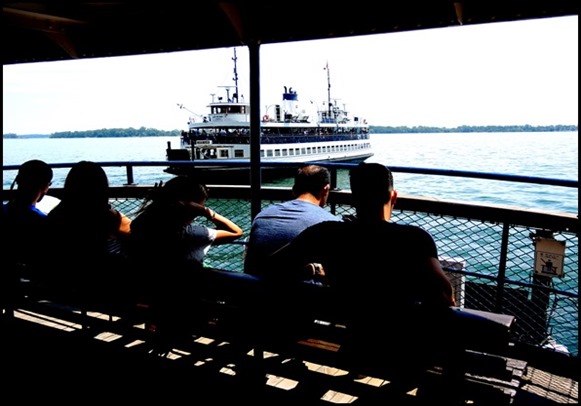
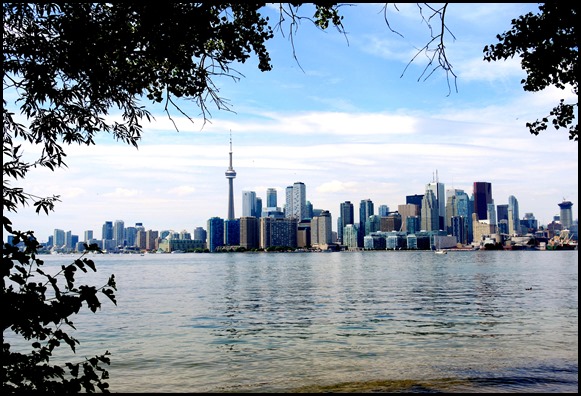

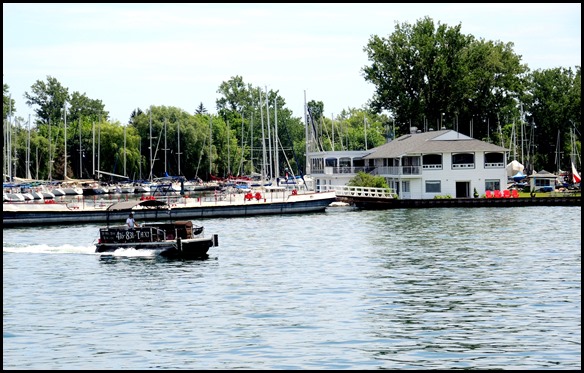





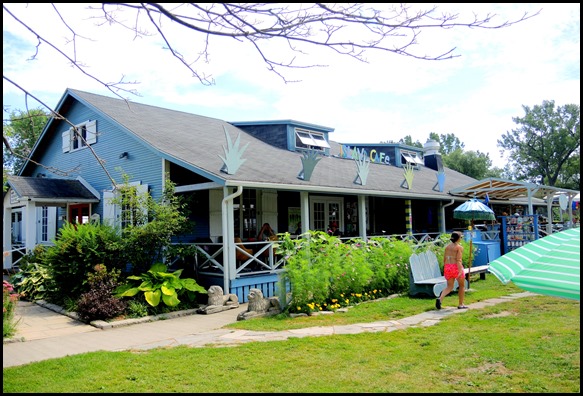


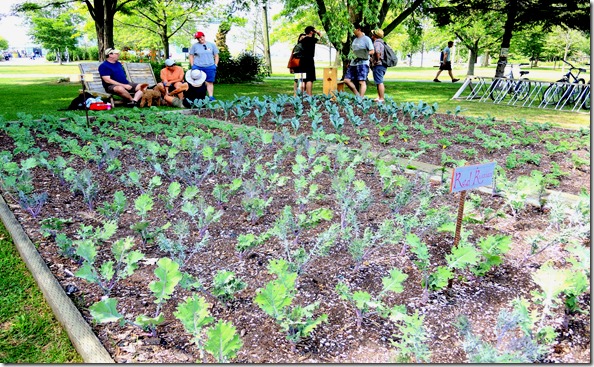
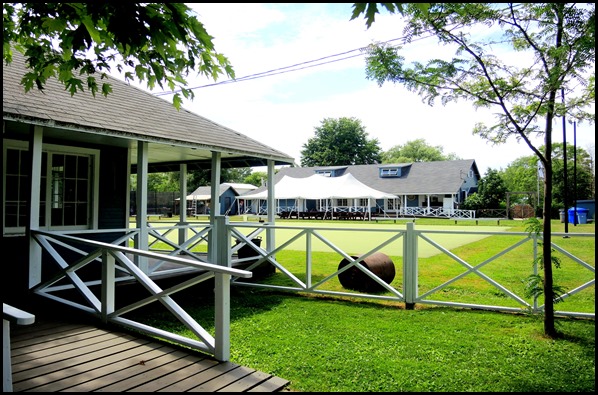
















![DSCN2207_thumb9_thumb2_thumb4_thumb_[1] DSCN2207_thumb9_thumb2_thumb4_thumb_[1]](https://tayloronhistory.com/wp-content/uploads/2018/07/dscn2207_thumb9_thumb2_thumb4_thumb_1_thumb2.jpg)

![image_thumb6_thumb_thumb_thumb_thumb[2] image_thumb6_thumb_thumb_thumb_thumb[2]](https://tayloronhistory.com/wp-content/uploads/2018/07/image_thumb6_thumb_thumb_thumb_thumb2_thumb2.png)



wonderful photos, thanks.